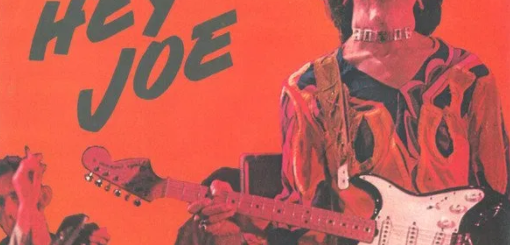“Purple Haze” by The Jimi Hendrix Experience
In “Purple Haze”, Jimi Hendrix paints a picture of not seeing things clearly and acting differently because of someone or something influencing him. ‘Purple Haze’ is typically used as a reference to the drug LSD, however it could also be a metaphorical description of how he feels after falling in love.
As the song progresses, the singer expresses how his own actions have changed. This could allude to his wild stage antics as opposed to being reserved in real life. In the second verse, he mentions being under the spell of a girl, which explains the impression that the song is based on his infatuation for this girl and its effect on him. Or, he could still be using ‘girl’ as a metaphor for Mary Jane (weed). Either way, the singer is in a mental haze where he just can’t get a hold of reality, thus his plea for help.
Jimi Hendrix, speaking to the New Musical Express in a 1969 interview revealed that this song was based on a dream he had in which he was walking under the sea.
“Purple Haze” Facts
Artist(s): The Jimi Hendrix Experience
Song Author: Exclusively by Jimi Hendrix
Production: Solely by Chas Chandler
Release Year: 1967
Album/EP: The Experience’s maiden studio album titled “Are You Experienced”
Genre(s)
“Purple Haze” is psychedelic rock song as well a hard rock song.
“Purple Haze” on the Charts
- United States: 65
- United Kingdom: 3
“Purple Haze” also attained Top 10 Status in the following places:
- Norway
- Austria
Honors
Was honored with a “Grammy Hall of Fame” induction in 1967. Also, many publications, including Rolling Stone, have included it in their lists of the greatest guitar-based songs of all time.
In the aforementioned publication’s 2004 list of the “500 Greatest Songs of All Time”, “Purple Haze” was placed at number 17.
Famous covers of “Purple Haze”
- Ozzy Osbourne in 1989
- The Cure in 1993
- Six Feet Under in 2000
- Leo Moracchioli in 1967
- Redd Kross in 1967
- The Shamen in 1990








